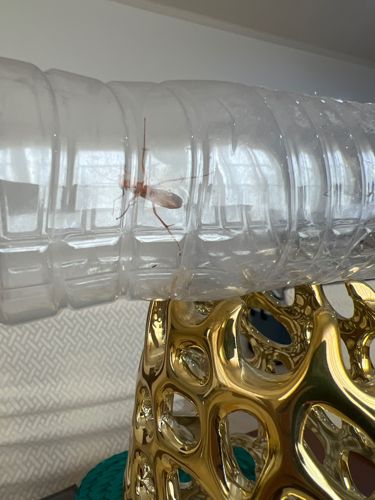Crane Fly
Scientific Name: Tipulidae
Order & Family: Diptera, Tipulidae
Size: Typically 2 to 100 mm (0.08 to 4 inches) in length, with leg spans sometimes much wider.

Natural Habitat
Found in a variety of habitats ranging from moist wooded areas, meadows, and wetlands to urban gardens. Larvae are often aquatic or semi-aquatic.
Diet & Feeding
Adult crane flies generally feed on nectar or decaying plant matter, and some do not feed at all. Larvae, known as 'leatherjackets', feed on roots, decaying organic matter, or sometimes small invertebrates.
Behavior Patterns
Adults are often attracted to lights at night and may appear clumsy in flight. They have long, delicate legs that easily break off. Larval stages are spent in soil or aquatic environments, developing into adults after pupation.
Risks & Benefits
Crane flies pose no direct risk to humans; they do not bite or sting. In some agricultural contexts, large numbers of 'leatherjacket' larvae can cause damage to turf or crops by feeding on roots. However, they are also a food source for other animals and contribute to decomposition.
Identified on: 9/26/2025